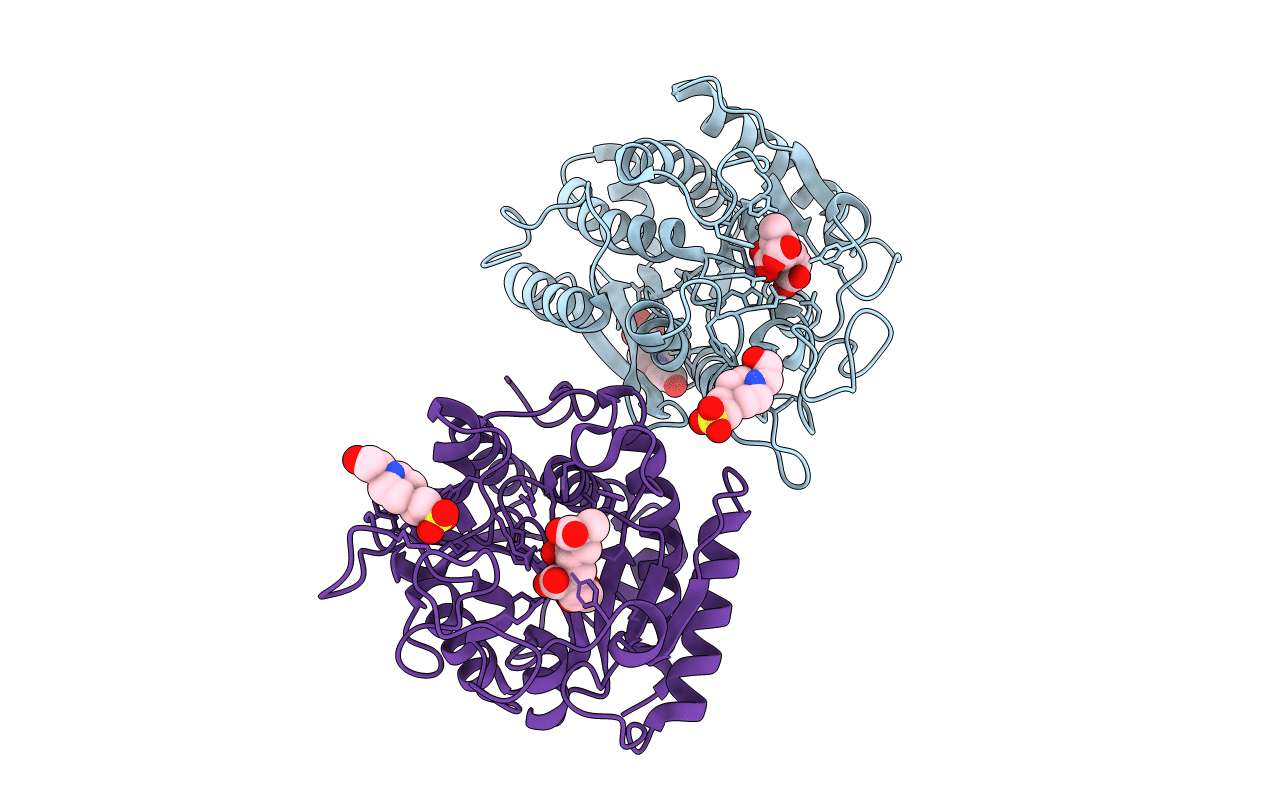
Deposition Date
2007-07-27
Release Date
2008-07-01
Last Version Date
2024-10-16
Method Details:
Experimental Method:
Resolution:
1.60 Å
R-Value Free:
0.19
R-Value Work:
0.17
R-Value Observed:
0.17
Space Group:
P 43 21 2


